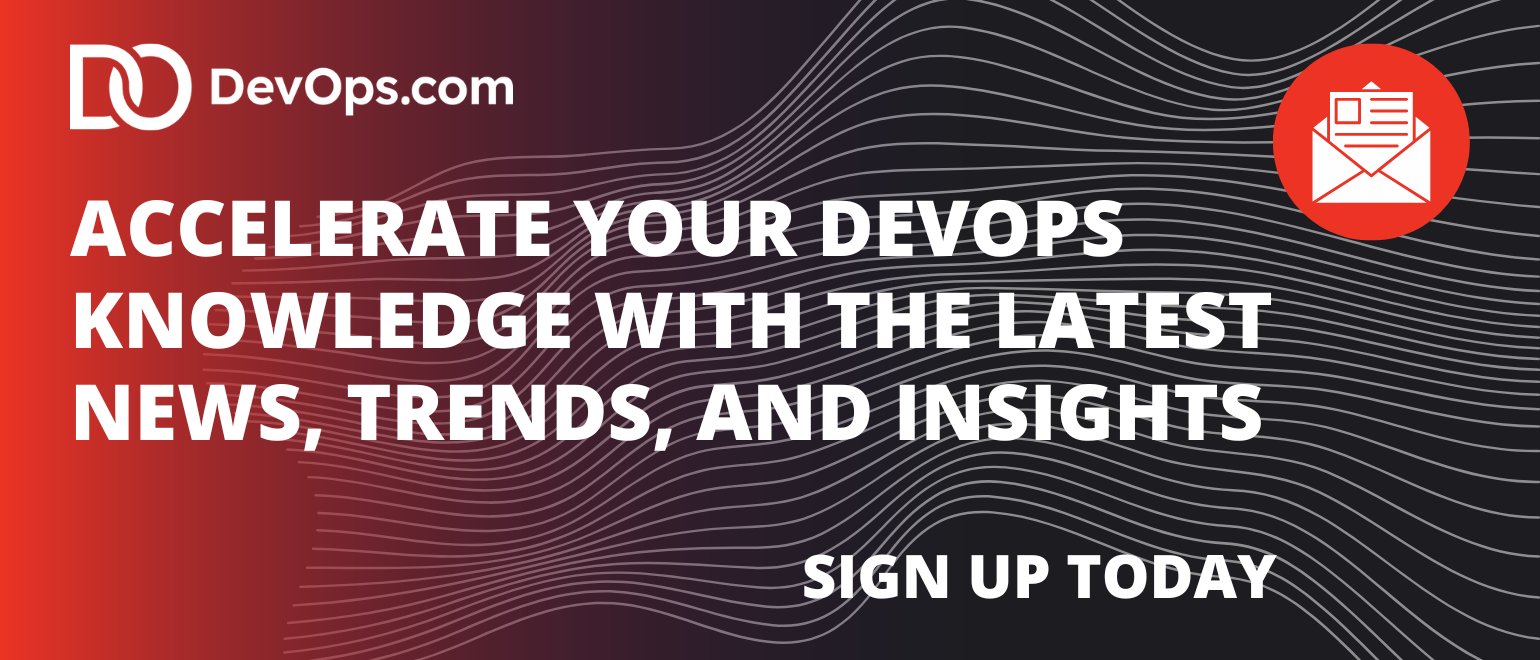If there’s one transformational trend reshaping DevOps today, it’s this: AI‑First DevOps has moved well past the tipping point. What was once hype is now becoming the operational baseline. DevOps teams are no longer experimenting with piecemeal AI features — they are deploying tools enhanced with AI as a standard part of daily work.
AI’s Quiet Revolution in DevOps Tooling
In observability, deployment pipelines, testing, security scanning — AI has already embedded itself. Platforms like Dynatrace leverage proprietary AI (“Davis”) for anomaly detection, root‑cause analysis, predictive analytics and even auto‑remediation across cloud‑native environments. It discovers microservices, traces app performance and helps teams fix issues before customers notice.
Meanwhile, industry commentary and toolchain reports consistently cite AI‑powered anomaly detection, intelligent alerting, predictive scaling and code analysis as core productivity boosters in modern DevOps toolchains (DEV Community, about.gitlab.com, Spacelift, Monterail, SmartDev). These features reduce noise, speed mean time to detect and respond (MTTD/MTTR), and shift teams from reactive firefighting to proactive optimization.
I’ve been writing for years about how DevOps would evolve into something far more intelligent than just CI/CD pipelines. And today, predictive analytics and AI‑based incident resolution are not future promises — they’re operational realities across high‑velocity ops teams.
DevOps Meets MLOps: The Merge is in Full Swing
As DevOps becomes AI‑first, the next logical evolution is the convergence with MLOps. Recent market developments show JFrog, long known for package management and DevSecOps tools, has launched JFrog ML — a unified platform that brings DevOps, DevSecOps and MLOps together under one umbrella (SmartDev, TechRadar, JFrog). JFrog ML enables teams to treat ML models as first‑class artifacts — versioned, secured, bundled and released the same way software binaries are — streamlining collaboration between data science, development and operations teams (TechRadar).
That same integration philosophy is echoed across the industry; as one TechRadar piece recently noted, siloed DevOps and MLOps workflows are one of the main reasons 85% of ML models fail to make it into production. The answer: Treat ML models like code artifacts in a unified software supply chain (TechRadar).
The data bears this out. A mixed‑method study of ML DevOps adoption — surveying over 150 professionals — finds that organizations embracing this convergence achieve higher deployment frequency, lower error rates, improved scalability, stronger compliance and reduced costs (arXiv).
Automated Testing: AI’s Biggest Early Impact
If there’s one area where AI has made an immediate and undeniable impact in DevOps, it’s automated testing. Tools like CloudBees Smart Tests — born from CloudBees’ acquisition of Launchable — use AI to prioritize and optimize test suites, dramatically reducing test times and catching regression patterns before code hits production. Backed with awards like Newsweek’s AI Impact Award for “Best Outcomes in Engineering,” Smart Tests illustrate how model‑driven testing is no longer niche — it’s becoming a default capability (Wikipedia).
This is where speed meets quality. As I wrote previously in “From software factories to intelligence engines,” traditional “software factories”—pipelines that just push binaries — are giving way to intelligence engines. AI is now optimizing when and what to test, even dynamically adjusting based on code and historical risk.
Yes, We’re Early — but Acceleration Is Coming
Let me be clear: We’re still early in this AI‑DevOps evolution. Many organizations have only scratched the surface with AI‑enhanced observability or test planning. Full-blown AI‑driven code generation, pipeline orchestration, LLM‑driven configuration (see research like LADs, which uses LLM chains to optimize cloud infrastructure), or autonomous rollout systems are still emerging in labs and pilot programs (arXiv).
But here’s the thing: innovation and adoption are accelerating. We’re transitioning from manual pipelines to pipelines enhanced with AI; soon, those pipelines themselves will be shaped and orchestrated by AI and ML. Building software will become more automated, almost commoditized. The competitive edge will come from an organization’s intelligence engine — how well it leverages AI/ML to continuously adapt, deliver and iterate.
What an AI‑First DevOps Future Looks Like
- Software and models treated as unified artifacts. Everything — code, containers, ML models, configuration — is versioned, scanned, signed, and promoted together.
- AI‑driven test orchestration. Smart Test selection, predictive test failure detection and even auto‑remediation suggestions.
- Intelligent pipelines. Systems that tune themselves based on performance feedback, deployment success rates, canary results and drift metrics.
- Observability that understands AI. Platforms like Dynatrace track GPU latency, inference drift, feature distribution shifts, connected to infrastructure events.
- Governance baked into AI/ML delivery. Policies-as-code extended to include ML artifacts, with audit trails and traceability across data, features, models and code.
In Closing
We are crossing a threshold. AI‑First DevOps is not a buzzword — it’s becoming the default. DevOps teams today use anomaly detection, predictive analytics, AI‑powered test optimization and increasingly integrated ML pipelines. JFrog ML’s emergence is a clear signal that the industry expects a unified DevOps‑plus‑MLOps future.
Yet even as we accelerate, we must remember that this is still an early era. The true revolution lies ahead: Where DevOps becomes intelligence engineering. Where building and deploying software is table stakes, and the real value lies in how fast and smart your organization learns and adapts.
As I’ve written before: The shift from software factories to intelligence engines isn’t just evolutionary — it’s transformative. Organizations that embrace AI‑First DevOps — and build out intelligence engines that deliver adaptability, reliability, governance and speed — will define the next decade.
That’s where we’re headed. And in that world, AI‑First isn’t optional — it’s the new norm.




